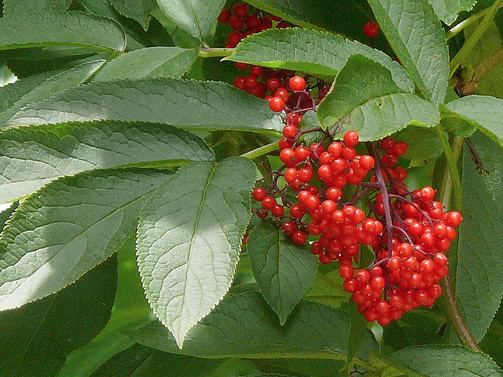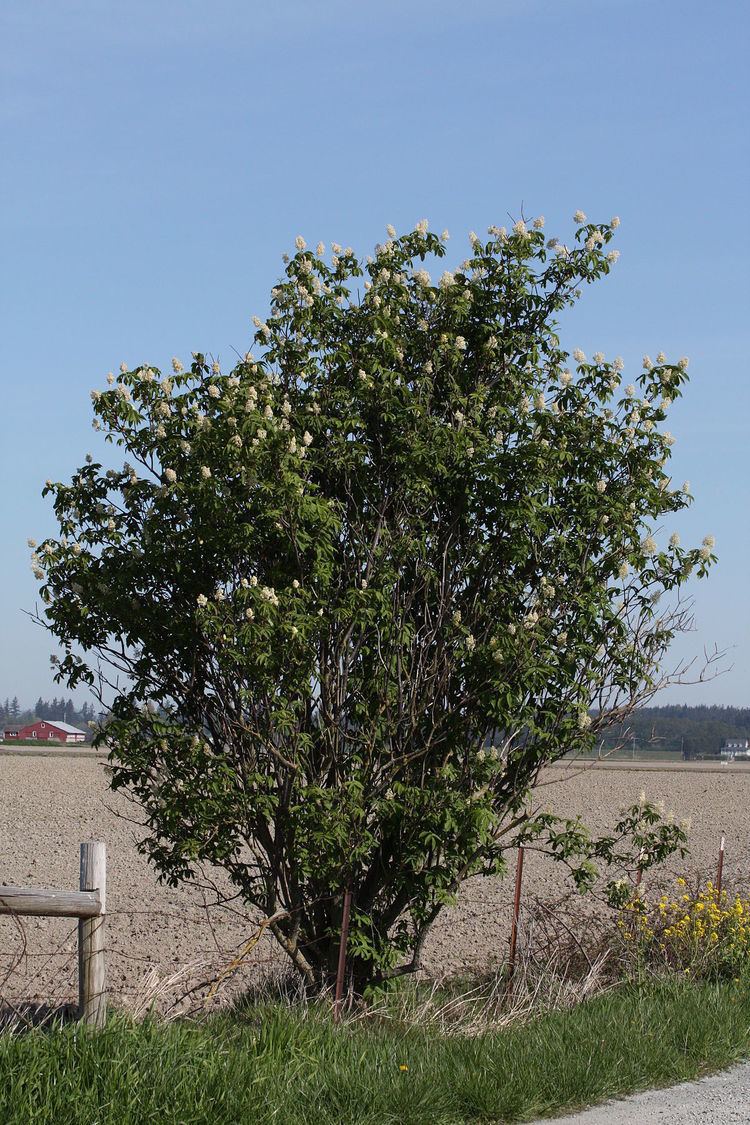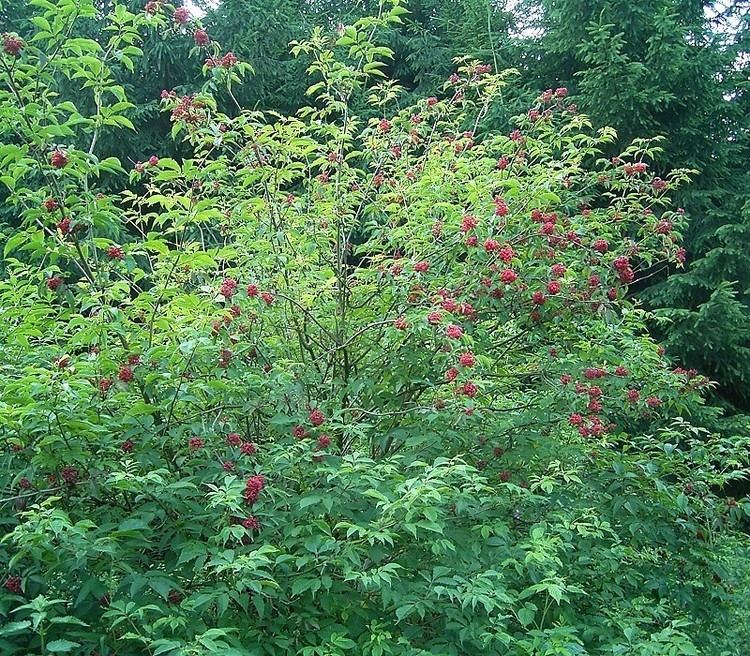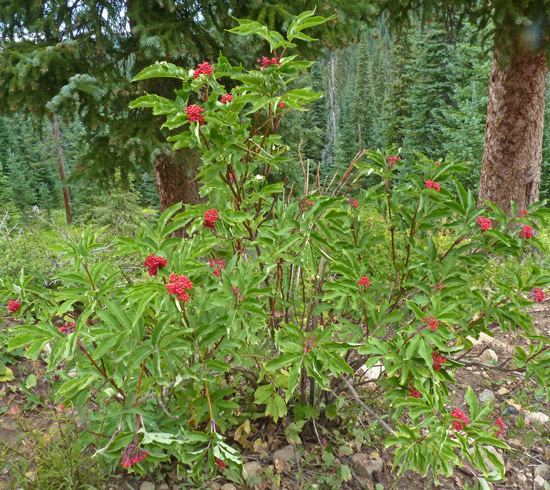Family Adoxaceae Rank Species | Genus Sambucus Higher classification Elderberry | |
 | ||
Similar Elderberry, Elder, Sambucus ebulus, Guelder‑rose, Lonicera xylosteum | ||
Red elderberry sambucus racemosa spring identification
Sambucus racemosa is a species of elderberry known by the common names red elderberry and red-berried elder.
Contents
- Red elderberry sambucus racemosa spring identification
- Red elderberry flowers in bloom sambucus racemosa
- Distribution and habitat
- Description
- Varieties and subspecies
- Uses
- Medicinal plant
- Food
- Cultivation
- Cultivars
- References
Red elderberry flowers in bloom sambucus racemosa
Distribution and habitat

It is native to Europe, northern temperate Asia, and North America across Canada and the United States. It grows in riparian environments, woodlands, and other habitats, generally in moist areas.
Description

Sambucus racemosa is often a treelike shrub growing 2–6 metres (6.6–19.7 ft) tall. The stems are soft with a pithy center.

Each individual leaf is composed of 5 to 7 leaflike leaflets, each of which is up to 16 centimeters long, lance-shaped to narrowly oval, and irregularly serrated along the edges. The leaflets have a strong disagreeable odor when crushed.

The inflorescence is a vaguely cone-shaped panicle of several cymes of flowers blooming from the ends of stem branches. The flower buds are pink when closed, and the open flowers are white, cream, or yellowish. Each flower has small, recurved petals and a star-shaped axis of five white stamens tipped in yellow anthers. The flowers are fragrant and visited by hummingbirds and butterflies.
The fruit is a bright red or sometimes purple drupe containing 3 to 5 seeds.
Varieties and subspecies

Uses

The stems, roots and foliage are poisonous, and the berries can be toxic or cause nausea if eaten raw.
Medicinal plant
It has been used as a traditional medicinal plant by Native Americans, including the Bella Coola, Carrier, Gitksan, Hesquiaht, Menominee, Northern Paiute, Ojibwa, Paiute, and Potawatomi peoples. The uses included as an emetic, antidiarrheal, cold and cough remedy, dermatological and gynecological aid, and a hemostat.
Food
The fruits are reportedly safe to eat when cooked, but are potentially poisonous when raw. They were cooked in a variety of recipes by Native Americans, including by the Apache, Bella Coola, Gitxsan, Gosiute, Makah, Ojibwa, Quileute, Skokomish, Yurok peoples.
The fruits are popular with birds, who also distribute the seeds. The flowers attract butterflies and hummingbirds.
Cultivation
Sambucus racemosa is cultivated as an ornamental plant, for use as a shrub or small tree in traditional and wildlife gardens, and natural landscape design projects.
Cultivars
Cultivars in the nursery trade include:
